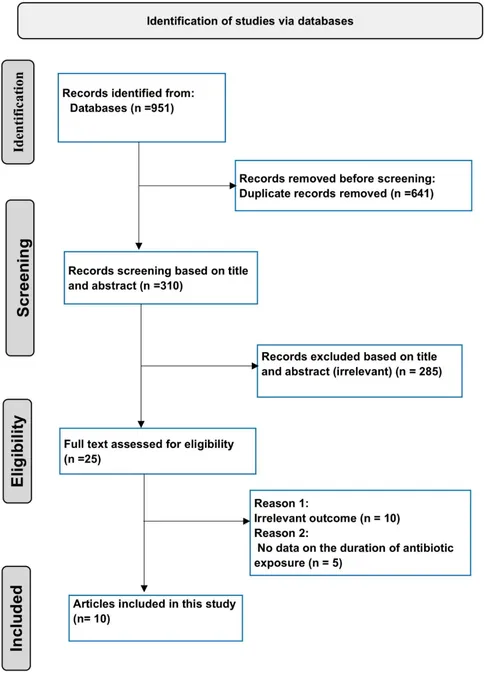
Unprecedented Southern Ocean Warming to Bring Intense Rainfall to the West Coast and Beyond!
2025-04-06
Author: Jia
Introduction
As the planet's temperatures continue to rise, the Southern Ocean—located between Antarctica and other continents—will inevitably start releasing the heat it has absorbed from the atmosphere. This monumental shift promises to usher in long-term increases in precipitation over regions such as East Asia and the Western U.S., and surprisingly, these changes may occur regardless of any climate change mitigation efforts put into place.
Groundbreaking Study
A groundbreaking study led by Cornell University has recently detailed these teleconnections in a computer-model analysis published in *Nature Geoscience*. Researchers have discovered that, while previous models have hinted at similar patterns of increased precipitation resulting from a warming Southern Ocean, there has been considerable uncertainty about the specifics. This new study aims to clarify these uncertainties, thereby enhancing our predictions of global mean temperatures and regional precipitation models.
Expert Insights
Hanjun Kim, the co-corresponding author of the study, pointed out the critical need to identify the root causes of these uncertainties. "Low-altitude cloud feedbacks over the Southern Hemisphere can be a significant driver of these discrepancies, especially concerning precipitation patterns in the distant Northern Hemisphere,” Kim stated. “By honing in on these factors, we can improve our overall climate predictions."
Implications of the Research
This innovative research marks the first time scientists have outlined the specific pathways through which the Southern Ocean's impending changes could systematically influence global weather patterns, particularly in key regions like Asia and North America. Flavio Lehner, another co-author, emphasized the urgency of understanding these dynamics, noting, "As the atmosphere heats up, oceans are absorbing vast amounts of heat, which they will eventually return to the atmosphere. The Southern Ocean excels in this capacity due to its unique upwelling of cold, deep water."
Long-Term Predictions
With the ocean gradually warming and releasing this heat, significant alterations in weather are expected. The modeling indicates these rainfall patterns could last up to 150 years, persisting even amid proactive efforts to reduce greenhouse gas emissions. "We are already seeing these processes manifest today,” Lehner added, “but we anticipate a shift towards these phenomena becoming more frequent and permanent in the future."
The Role of Clouds
Crucially, the study reveals that low-lying clouds over the Southern Ocean play a pivotal role in regulating sea-surface temperatures. Incorporating these cloud feedbacks into climate models could significantly lessen the variances in predictions across different models.
Need for Greater Research
However, there is a notable lack of observational facilities in Antarctica to monitor these critical cloud behaviors, meaning expansion in research capabilities could greatly enhance our understanding and predictions of climate impacts. The research community will need to address these gaps if we hope to navigate the uncertainties of our changing climate successfully.
Conclusion
As the repercussions of these findings sink in, one thing remains clear: whether we like it or not, the warming Southern Ocean is set to change the game for weather patterns across the globe—especially for the West Coast of the United States!




 Brasil (PT)
Brasil (PT)
 Canada (EN)
Canada (EN)
 Chile (ES)
Chile (ES)
 Česko (CS)
Česko (CS)
 대한민국 (KO)
대한민국 (KO)
 España (ES)
España (ES)
 France (FR)
France (FR)
 Hong Kong (EN)
Hong Kong (EN)
 Italia (IT)
Italia (IT)
 日本 (JA)
日本 (JA)
 Magyarország (HU)
Magyarország (HU)
 Norge (NO)
Norge (NO)
 Polska (PL)
Polska (PL)
 Schweiz (DE)
Schweiz (DE)
 Singapore (EN)
Singapore (EN)
 Sverige (SV)
Sverige (SV)
 Suomi (FI)
Suomi (FI)
 Türkiye (TR)
Türkiye (TR)
 الإمارات العربية المتحدة (AR)
الإمارات العربية المتحدة (AR)